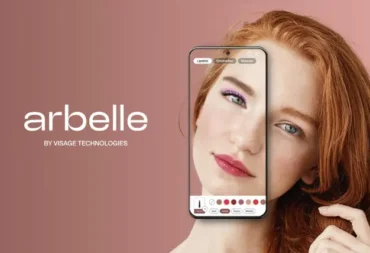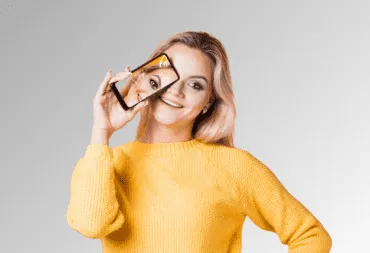Top 5 beauty industry trends in this decade that are here to stay
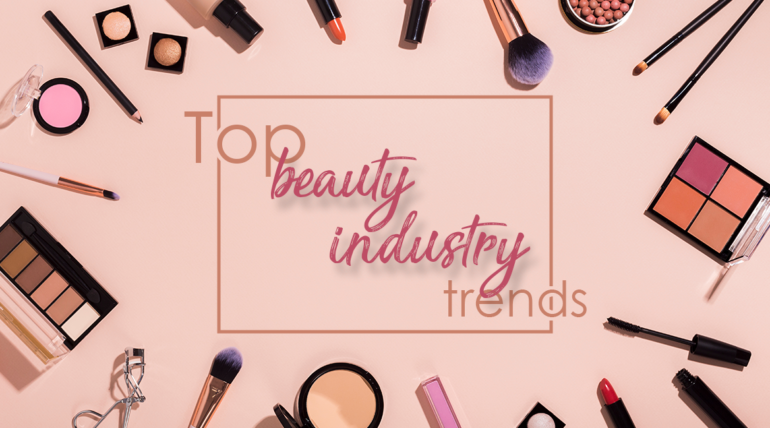
The beauty industry has always been an ever-evolving one, with new trends emerging every few years. However, this decade has seen some significant changes that have revolutionized the industry, making it more inclusive, diverse, and innovative.
From beauty tech to makeup AR and AI possibilities, hyper-personalization, and the metaverse, these trends are here to stay.
In this article, we will look into this decade’s top five trends in the beauty industry that you don’t want to miss. Read on!
1. Beauty tech and virtual try-ons
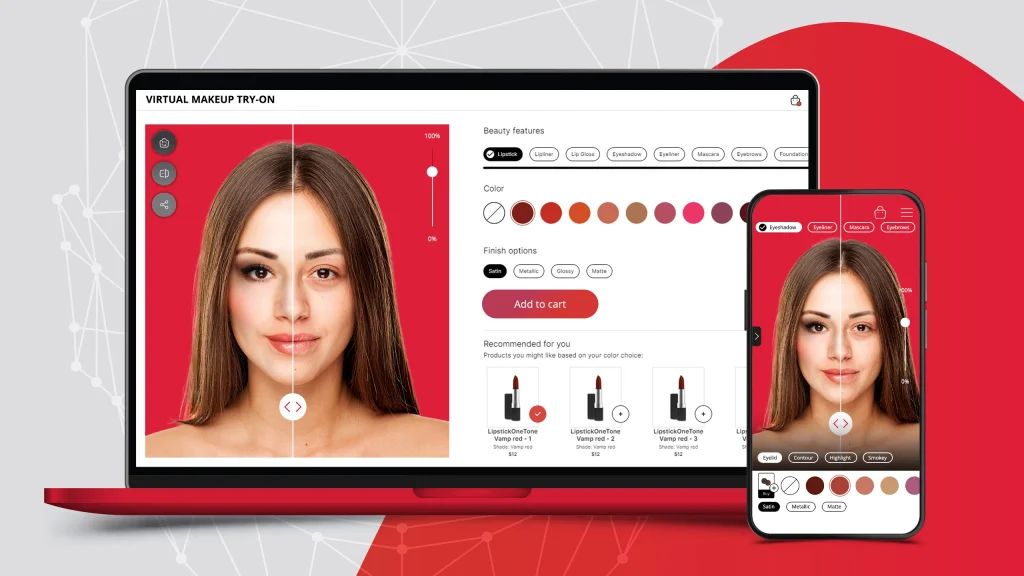
Beauty tech has been a game-changer for the beauty industry. With the rise of technology, beauty brands have started to incorporate it into their products and services. From makeup apps to virtual try-ons, beauty tech has made it easier for consumers to make informed decisions when it comes to the buying process and their makeup routines.
Virtual try-on has been one of the most popular beauty tech trends of the decade, appearing during the pandemic and skyrocketing in popularity ever since. And the reason is simple. By using augmented reality (AR) technology, beauty brands and retailers have made it possible for customers to virtually try on makeup products and see if they will fit before making a purchase.
One example of this beauty tech is the Oriflame Makeup Wizard app. It uses advanced algorithms, along with our face tracking technology, allowing users to try on makeup virtually and purchase the products.
- Did you know?
- Read more:
2. Hyper-personalization of customer experience and products
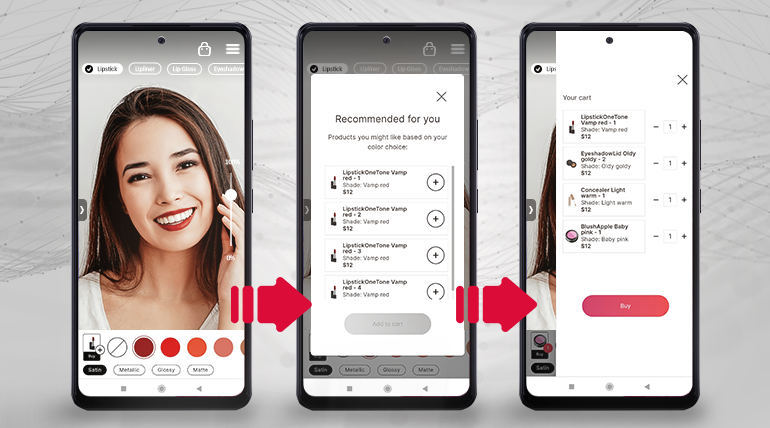
In recent years, the beauty industry has seen a shift towards hyper-personalization, with brands using data and technology to create customized experiences and products for individual customers. This trend is driven by the desire to offer a more personalized and tailored approach to beauty, catering to the specific needs and preferences of each customer.
AI tech has, for example, made it possible for beauty brands to offer personalized product recommendations to customers. By analyzing a customer’s skin type, concerns, and preferences, AI algorithms can suggest products that are best suited to their individual needs.
Moreover, with the help of gender and age estimation technology, you can also create personalized recommendations based on your customers’ age or gender.
Some brands have even developed AI-powered chatbots that can provide recommendations and advice to customers in real-time.
But why is there such a strong need for personalization?
Mainly because in today’s world, consumers are bombarded with choices and information. And what they want is to feel like the products they buy and the brands they support understand their unique needs and preferences. So, by providing a personalized experience, you can build stronger relationships with your customers, increase brand loyalty, and ultimately, boost sales and revenue.
- Did you know?
- Read more:
3. Beauty and makeup in the metaverse
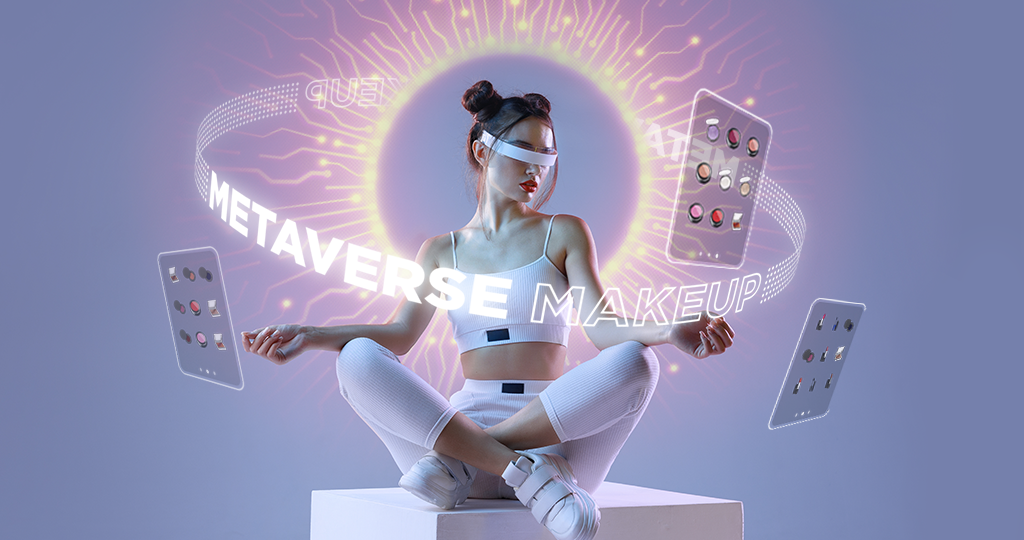
In 2023, the beauty industry will witness a merging of online and offline formats, with the metaverse having a profound impact on self-expression and beauty. This trend has been particularly popular among gamers and social media influencers who want to showcase their creativity and style in the virtual world. And as of lately, beauty brands and cosmetic businesses have also begun to take notice of the metaverse possibilities.
The metaverse basically offers a new sphere of virtual reality where customers can experiment with different beauty products and looks in virtual spaces and as avatars. Some brands are developing virtual makeup products that can be worn in the metaverse, and others are even buying digital properties and setting up shops there – such as Estée Lauder in Decentraland, among several others.
Overall, we can say that the metaverse is transforming the way beauty brands market their products, providing a brand-new platform for immersive experiences that transcend physical limitations.
- Did you know?
- Read more:
4. Sustainable beauty
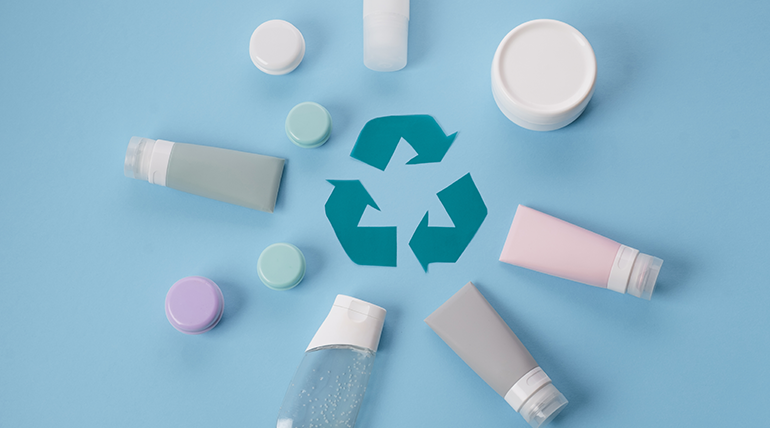
Sustainability has become one of the major beauty industry trends over the past decade, and technology has played an important role in this.
Developing sustainable packaging materials, such as biodegradable or recyclable units, and reducing waste in supply chains are, undoubtedly, top priorities. But there’s more that can be done. Or that IS being done. And that’s virtual product sampling.
Virtual product sampling enables consumers to try on and test products virtually without the need for physical samples. This, in turn, significantly reduces the waste generated by traditional sample distribution methods.
Beauty tech companies are developing sophisticated augmented reality (AR) and virtual reality (VR) tools that allow consumers to virtually try on makeup, skincare, and hair products. And this helps customers make more informed purchasing decisions while also reducing waste.
And as consumers continue to prioritize sustainability, virtual product sampling is likely to become an increasingly popular solution for reducing waste in the beauty industry.
- Did you know?
- Read more:
5. Smart beauty devices
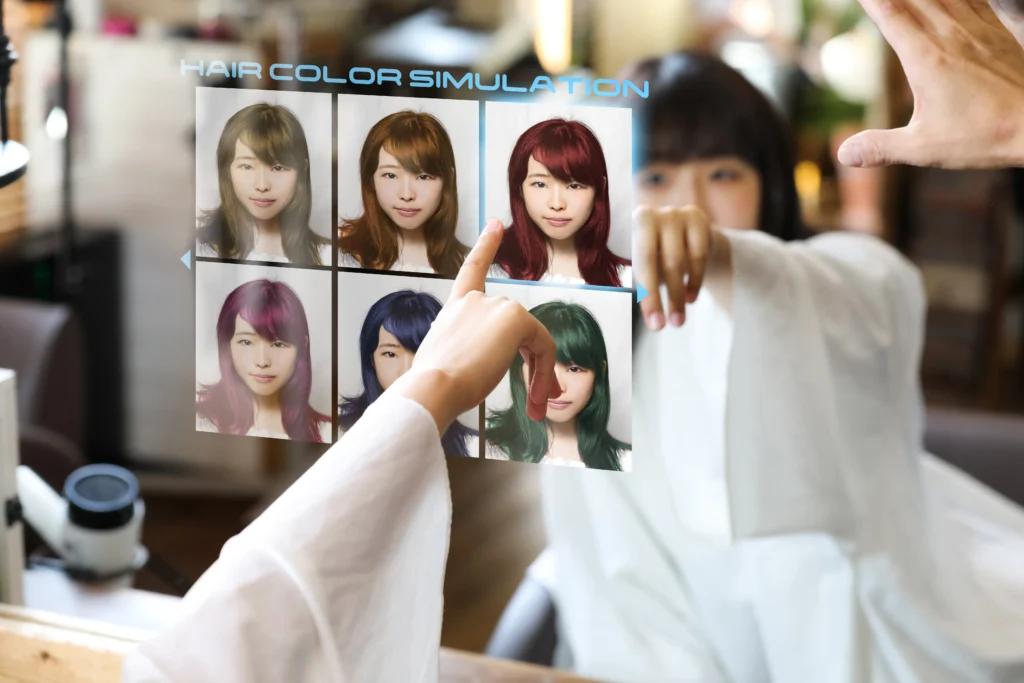
Smart devices have become increasingly popular over the past decade. Beauty mirrors, hairbrushes, and skin analyzers are just a few examples of smart devices that have hit the market in recent years.
These devices use AI and other technologies to provide customers with personalized recommendations and insights into their beauty routines. For example, a smart hairbrush can analyze a customer’s hair and provide recommendations for how to improve its condition, while a smart skin analyzer can identify skin concerns and recommend products to address them.
When it comes to smart or AR mirrors, they are at the forefront of this trend. AR mirrors use AI and AR technologies to allow customers to try on products virtually. And whether in beauty salons, cosmetic stores, or retail shops, smart mirrors provide a unique shopping experience for customers and can result in increased sales for your business.
- Did you know?
- Read more:
Start reaping the benefits of the latest beauty industry trends
Overall, the beauty industry is seeing significant changes, mostly driven by the increased need for personalization, convenience, and sustainability.
In recent years, we’ve been witnessing various beauty industry trends, such as the rise of beauty tech, hyper-personalization, the metaverse, sustainable beauty, and smart beauty devices, taking over the market.
And these are the trends in the beauty industry that are here to stay.
Driven by the increased need for personalization, convenience, and sustainability, it’s likely that we’ll see even more of them, with an emphasis on innovative beauty tech and AI trends.
So, if you’re looking to stay ahead of the curve, don’t hesitate to reach out to us, explore our makeup|SDK, and discover how we can help grow your business!
Key takeaways:

Get started with beauty tech
Discover the amazing growth potential of beauty tech for your brand and step into the future ready.

